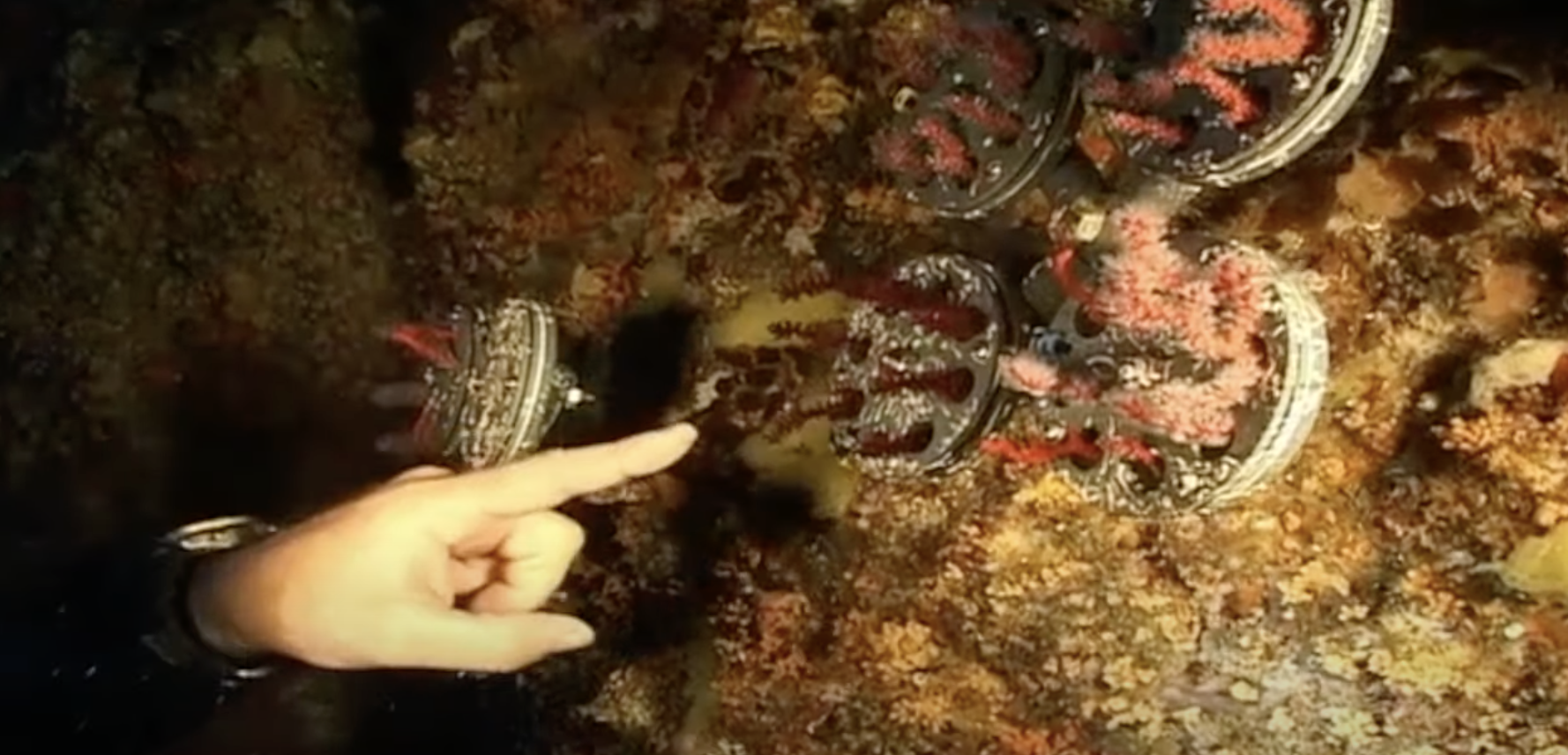MEDITERRANEA CREATURA - RESEARCH
Studies have been conducted, particularly in the coast of Sardinia and Corse, to understand if it's possible to nurture red coral colonies. The picture below shows coral branches artificially implanted, under specific condition, in the reefs of Scandola. Here the natural reservation in cooperation with the CRNS (National Centre for Scientific Research) of Marseille tested if it was possible to cultivate corallium rubrum by recreating the natural environment. Since 2003, in fact, local researchers noticed diffiused necrosis among the local colonies, this research was born to work on a method that could support the coral population in contrasting the effects resulting from global warming and water pollution.
On the bases of this scientific evidence, the research was driven towards producing material solutions and artefacts that could harness the ability of the organism to grow through implantation or on surfaces other than natural reefs.
 • Coral branches artificially implanted, under specific condition, in the reefs of Scandola.
• Coral branches artificially implanted, under specific condition, in the reefs of Scandola.Two different material pathways have been explored:
1: The production of a filament for 3D printing charged with coral dust
A coral filament that could be used to 3Dprint coral artefact, possibly used as a favourable, compatible substrate to support the growth of red coral colonies. The composition of the filament is still being perfected in order to create a product with a high rate of biocompatibility.
2: A ceramic-like medium made of different grits of coral dust and a bio-based unifying compound
In this iteration, the stone-like nature of the coral is studied to produce a materialilty that resembles that of marine stones, and the reef on which the coral organisms settle.




